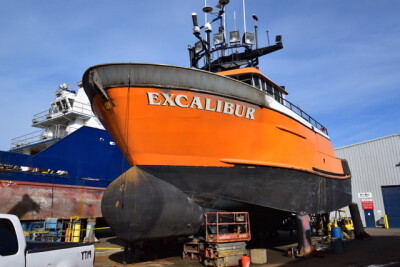Last week Alaska’s Division of Elections verified nearly 42,000 signatures from all 40 Alaska voting districts to put the “Yes for Salmon” initiative on the 2018 Alaska ballot.
The ballot initiative would require state agencies to update Alaska’s salmon habitat protection laws for the first time since statehood in 1959. But the measure has some hurdles to cross before it goes to the voters.
An April 26 hearing before the Alaska Supreme Court will decide if the initiative is constitutional.
“We are extremely confident that the court is going to side with us and move this to a vote of the people,” said Ryan Schryver, director of the Stand for Salmon campaign.
Alaska lawmakers are also weighing a legislative fix to the same problem (HB-199, the Wild Salmon Legacy Act).
“We are not putting all our eggs in the legislative basket,” Schryver added. “Juneau has not proven to be an effective place for policy change to happen, so we are going to continue to pursue the ballot initiative option.”
The ballot measure has garnered strong support because it “gives Alaska voters a voice,” said Stephanie Quinn-Davidson, an initiative backer, former state fisheries biologist and director of the Yukon River Inter-Tribal Fish Commission.
“It’s not the lobbyists going down to Juneau who are crafting and changing this legislation. It’s the voters who are deciding,” she added.
If it passes the court, and if the Legislature ends its session on time, the issue could be decided by the August primary.
By law, 120 days must pass between a session adjournment and the ballot box. If the session is extended by one week or more, it will move the vote to the November midterm election.
Deep-pocketed opponents are pulling out all stops to oppose updating the habitat laws, claiming they are sufficient as they stand. The group Stand for Alaska claims on its website that the salmon initiative would “overhaul regulations affecting any type of project and poses a threat to the Alaska way of life.”
“The opponents are mostly huge corporate entities and outside mining interests that are willing to say and do anything to try and confuse Alaskans about this initiative,” Ryan asserted.
“The one thing I try to point out to people who are saying that this is going to shut down all development, or that this is going to make it so you can’t put a dock by your cabin at the lake, is that there is language in the initiative that says it has to have significant and adverse impacts to salmon habitat for it to qualify for a major permitting process,” said Stephanie Quinn-Davidson.
“I feel that folks are missing that. It is not anti-development, but ballot supporters want it done in a responsible way,” she said.
Quinn-Davidson believes Alaska is at a crossroads.
“Wild salmon has disappeared throughout the world - in Norway, the East Coast and Pacific Northwest. Do we want to go down that path, or do we want to ensure that our salmon are around for future generations?”
As the ballot initiative backers prepare for a mega media blitz by opponents, Schryver said the grassroots group will continue to take its message on the road.
“We know that they are going to be spending millions of dollars trying to confuse people about what this initiative does,” said Schryver. “We are pushing back with Alaskans, talking to Alaskans about how we need to act now and stand up for this amazing resource.”







